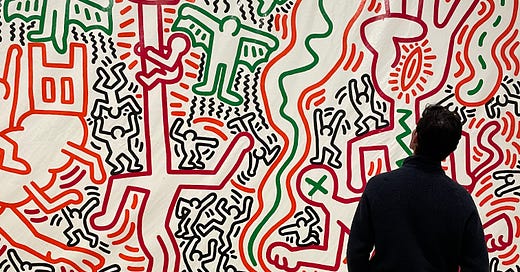The radius of love
Adam Silver's regrets, labyrinthitis, what better sports media means, and friendship.
I’ve been having bouts of dizziness lately, holdover symptoms of a cold I just got over. Well, the dizziness came before the cold, so the dizziness is the through-line. The thing that alerted me the cold was on the way and now, the thing stubbornly sticking around.
I’ve had labyrinthitis before (maybe I have it again), where the inner ear canal gets inf…
Keep reading with a 7-day free trial
Subscribe to BASKETBALL FEELINGS to keep reading this post and get 7 days of free access to the full post archives.


